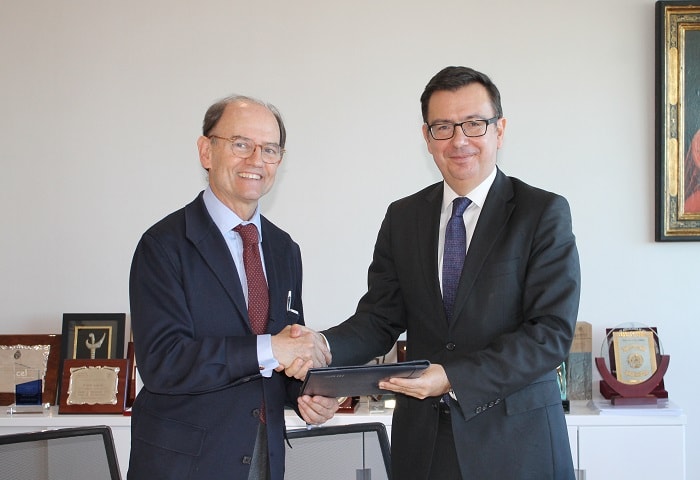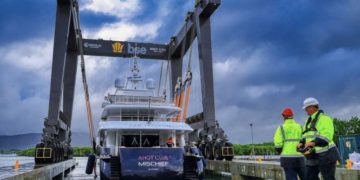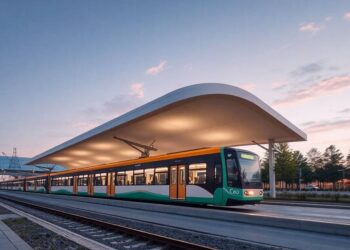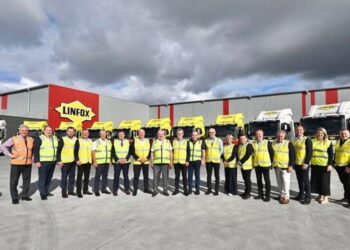The Forth Replacement Crossing (FRC) is a new cable-stayed bridge to be built over the estuary Firth of Forth in Edinburgh, the capital city of Scotland.
It will serve as a replacement crossing for the deteriorating Forth Road Bridge, which provides a vital road link for maintaining the economies of Edinburgh, Fife and the East coast of Scotland.
The FRC Bill was introduced to the Scottish Parliament in November 2009. After being approved by the Parliament in December 2010, the Bill received Royal Assent in January 2011.
In March 2011, Forth Crossing Bridge Constructors (FCBC) consortium was announced as the preferred bidder to build the bridge and connecting roads elements. The consortium, comprising of Dragados, Hochtief, American Bridge International and Morrison Construction, will complete the project at an estimated cost of £790m. The project was initially estimated to cost £0.9bn–1.2bn.
The construction work is anticipated to be started in the third quarter of 2011, with the bridge opening in 2016.
The bridge project will be the biggest single investment by the Government of Scotland. Transport Scotland, which is responsible for all transportation issues across Scotland, is the sponsor of the project.
Forth crossing background
The Forth Road Bridge built in 1964 has started showing signs of deterioration due to increased traffic levels and weather conditions. Due to significant corrosion, the main suspension cables have suffered a 10% loss of load bearing strength.
After an investigation, the Forth Estuary Transport Authority (FETA) concluded that replacing the cables or other repairs could not be done without disrupting the traffic across the Forth. It was also reported that traffic restrictions for HGVs may be imposed as early as 2017 and that would impact the economy of Lothian and Fife very seriously.
In order to safeguard this economically vital road link, the government decided to build the FRC bridge by 2016. Before any potential restrictions in 2017, traffic from the existing bridge will be transferred to the proposed bridge.
Project
The FRC project involves design, construction and completion of a new bridge over the Firth of Forth. It also involves linking the new bridge with approach roads to the north and south of the crossing. An intelligent transport system (ITS) will be installed along the full length of the scheme.
The full length of the FRC scheme is 22km and the road passing over the bridge will be designated as a motorway.
FRC bridge design
The proposed bridge will be a 2.7km-long (including approach viaducts) cable-stayed bridge, supported by three slender single column towers with a span of 650m between them. A slender structure, both in terms of the bridge’s deck and tower, has been achieved by adopting a system of crossing stays. This method is implemented by forming a triangle-shaped weaving pattern at the centre of the span, instead of allowing the longest stays to reach half the span.
The bridge platform will carry two lanes of general traffic in each direction. Hard shoulders will be provided to ensure that serious congestion does not happen because of breakdowns, incidents and any maintenance works.
Construction
A detailed consultation process was undertaken in order to find out suitable construction compound locations. A code of construction practice has also been developed to limit disturbance from construction activities.
Most of the construction work will be undertaken from barges in the Firth of Forth. The transport authority, through the FRC Bill, is seeking provision of three construction compounds – Echline in South Queensferry, Ferrytoll in North Queensferry and the one near Kirkliston on the north-west side of M9 Junction 1A.
Echline Compound is expected to be the main construction compound, managing construction of bridge and southern approach roads.
Ferrytoll Compound will manage construction of the northern bridge viaduct, the Ferrytoll Junction and the A90 improvements. Kirkliston Compound is expected to manage Junction 1A upgrades.
FRC contractors
A joint venture (JV) between Jacobs and Arup was appointed as consulting engineer for the design and construction of the new bridge in early 2008. Flint & Neill Partnership, Dissing & Weitling, and EC Harris, other members of the JV, will be responsible for architecture and aesthetics, geotechnics, environment and landscaping, budgeting, statutory processes, and health and safety. Blom was commissioned to carry out aerial and terrestrial survey of the site.































